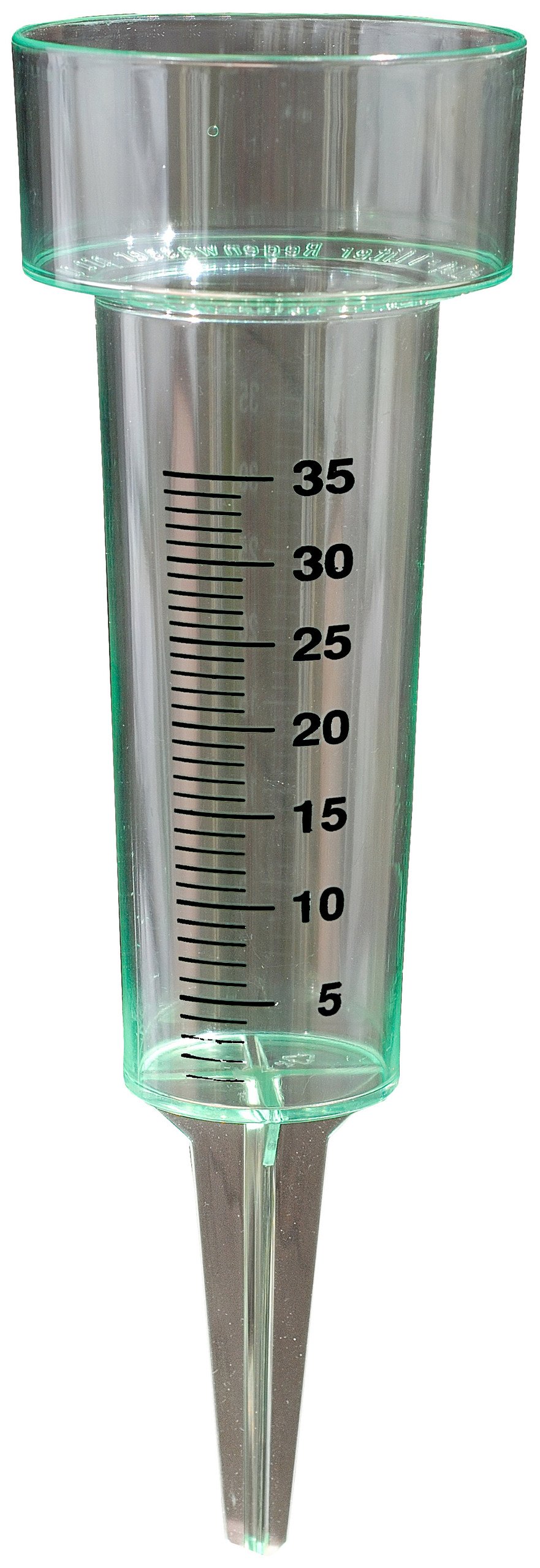

If the object is moving away from the radar the oscillations will be received less often, and the frequency will be lower. As the motion of the object toward the radar results in more oscillations being received by the radar every second, the frequency is higher. In other words, it detects the wave at the same frequency at which it was emitted.įor the situation in which the object is moving toward the radar receiver, the same number of oscillations is being created every second, but each successive oscillation occurs closer to the receiver, and takes less time to travel to the receiver than the previous one. Because all oscillations travel the same distance and at the same speed from the object to the receiver, the receiver detects the same number of oscillations every second as are being created by the object. Each of these oscillations propagates at the speed of light toward the receiver, where they will be detected at a later time that is determined by the distance to the object and the speed of light. Radio waves consist of oscillations that occur a given number of times every second, which by definition is the frequency of the wave.

Similarly, for radars, the amount by which the frequency of the radio waves reflected from a moving object changes depends on the speed of the object and the speed of propagation of radio waves, which is the speed of light. The amount by which the pitch is greater or lower, called the Doppler shift, is related to the speed of the object and to the speed of sound. When a siren, for example, is moving toward us, the pitch (i.e., the frequency of the sound) is greater, whereas when it is moving away from us the pitch is lower-this is the Doppler effect in a nutshell. Our familiarity with this phenomenon is predominantly with sound waves, but the effect is the same for any wave.

This illustration of the Doppler effect shows the change of wavelength caused by the motion of the source (in this case, raindrops).Most of us know that the Doppler effect pertains to the change in frequency of a wave emitted by or scattered from a moving object. Editor’s note: As part of the preparations for the upcoming Marine ARM GPCI Investigations of Clouds (MAGIC) field campaign, principal investigator Ernie Lewis discusses how radars use the Doppler effect to determine raindrop sizes and speeds.


 0 kommentar(er)
0 kommentar(er)
